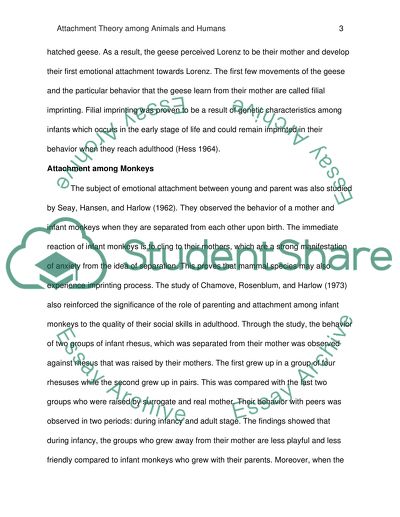Cite this document
(“What can we learn about human attachment from studies of other animals Essay”, n.d.)
What can we learn about human attachment from studies of other animals Essay. Retrieved from https://studentshare.org/psychology/1495858-what-can-we-learn-about-human-attachment-from
What can we learn about human attachment from studies of other animals Essay. Retrieved from https://studentshare.org/psychology/1495858-what-can-we-learn-about-human-attachment-from
(What Can We Learn about Human Attachment from Studies of Other Animals Essay)
What Can We Learn about Human Attachment from Studies of Other Animals Essay. https://studentshare.org/psychology/1495858-what-can-we-learn-about-human-attachment-from.
What Can We Learn about Human Attachment from Studies of Other Animals Essay. https://studentshare.org/psychology/1495858-what-can-we-learn-about-human-attachment-from.
“What Can We Learn about Human Attachment from Studies of Other Animals Essay”, n.d. https://studentshare.org/psychology/1495858-what-can-we-learn-about-human-attachment-from.


